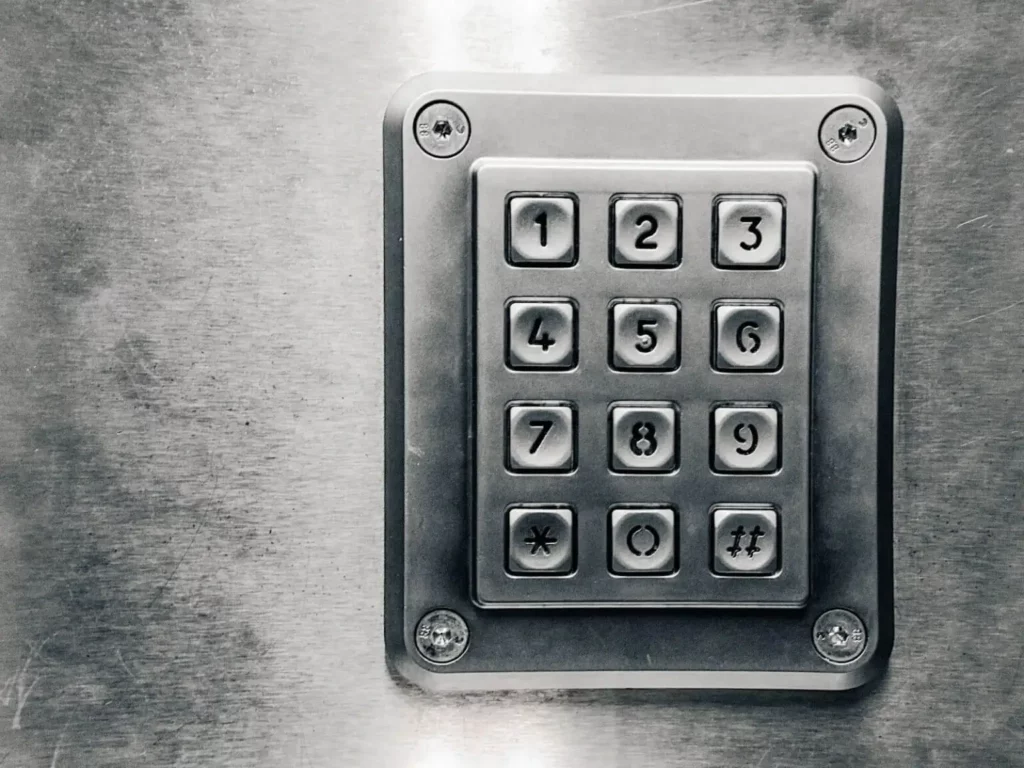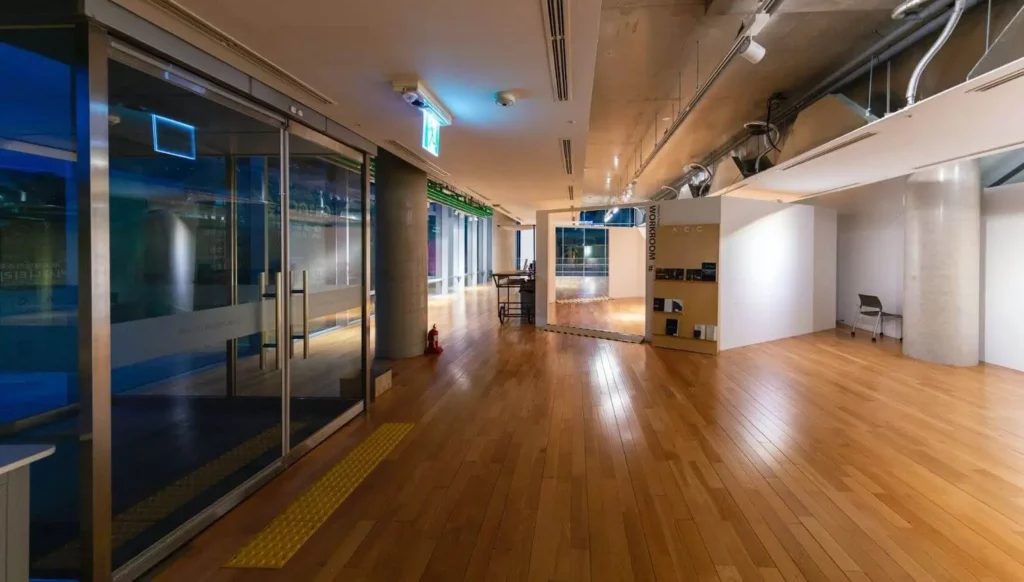Written By: Brad Campbell | December 19, 2023
Door access control systems play a pivotal role in commercial building security by helping control the flow of authorized individuals into buildings and even specific areas within facilities.
These systems have evolved significantly over the years, from the traditional physical lock and key mechanisms to highly advanced smart locks and biometric door access control systems.
These modern solutions offer a sophisticated means of controlling and monitoring access to buildings, specifically by preventing the unauthorized opening of doors, but they do have their limitations in terms of physically preventing forced entry.
Modern door access control systems are electronic security solutions designed to manage and regulate entry to buildings or specific areas within them.
Unlike traditional lock and key mechanisms, these systems utilize advanced technologies such as key cards, biometric authentication, and PIN codes to grant or deny access.
The primary goal of access control is to enhance security by restricting entry to authorized individuals, while maintaining a record of access activities.
Key card access control systems employ proximity cards, smart cards, or magnetic stripe cards. Users present their cards to a reader, which then grants access based on the programmed permissions.

These types of systems are convenient for many types of commercial facilities because the key cards can easily be integrated with things like employee identification badges. However, they are also prone to being lost or stolen, which can compromise security.
Biometric access control systems use unique biological characteristics, such as fingerprints, iris patterns, or facial recognition, to authenticate individuals. These systems provide a high level of security due to the individuality of biometric data.
PIN code systems require users to input a personal identification number to gain access. This method is commonly used in conjunction with other access control measures for added security.

With advancements in smart technology, mobile access control systems enable users to access secured areas using their smartphones.
Mobile credentials can replace traditional physical cards or keys. Such credentials are often favored over employee ID-integrated key cards because it’s less likely that an employee will lose their mobile device.
Door access control systems are primarily designed to prevent unauthorized opening of doors, enhancing security through various mechanisms:
The core strength of door access control systems lies in their ability to authenticate individuals before granting access. Whether through key cards, biometrics, PIN codes, or mobile credentials, these systems ensure (in theory) that only authorized personnel can open secured doors.
It’s important to remember that some types of access control systems for doors are more secure than others. For instance, it’s sometimes possible for an intruder to gain unauthorized access to a building using a stolen keycard or PIN code.
One of the other big strengths of access control systems is the ability to revoke access immediately. In case of lost or stolen credentials, administrators can deactivate the associated cards or credentials, preventing any potential unauthorized access.

Access control systems maintain detailed audit trails, recording every entry and exit. This feature allows administrators to monitor access activities in real-time and investigate any suspicious incidents, contributing to a proactive security approach.
Many access control systems are integrated with intrusion detection systems. Unauthorized attempts to open doors trigger alarms, notifying security personnel and acting as a deterrent to potential intruders.
While door access control systems excel in preventing unauthorized opening of doors, it's essential to acknowledge their limitations in physically preventing forced entry, especially in scenarios with unprotected windows or door glass.
Access control measures can be circumvented if there are unprotected windows or glass doors. Intruders may resort to breaking the glass to gain entry, bypassing the electronic security measures.
Since most commercial doors must, by law, have an emergency egress system — a way for people to open the door from the inside without any type of access control — it’s very easy for criminals to break a pane of glass either within or next to a door and open it from the inside.

To address the physical vulnerability of door access control systems, it's crucial to integrate these access control systems with robust physical barriers such as glass security doors, reinforced windows, and other structural enhancements to deter and delay forced entry attempts.
Effective security requires a multi-layered approach. While access control systems form a crucial layer, combining them with surveillance cameras, alarm systems, and physical barriers creates a more comprehensive security infrastructure.
For example, combining an advanced door access control system with something like a Riot Glass unbreakable door conversion unit can make glass entryway doors virtually impossible to force entry through.
Depending on the level of security required and the threat level to the commercial property, you may also opt for a highly secure access control vestibule fortified with ballistic-grade security glazing. Such a system provides optimal forced entry prevention, including access denial during active threat scenarios.
Door access control systems are integral components of modern commercial building security infrastructure, excelling in preventing unauthorized opening of doors through advanced authentication and monitoring mechanisms.
However, their effectiveness in physically preventing forced entry depends on the integration with other security measures to address vulnerabilities, such as unprotected windows or door glass.
Riot Glass offers a full range of forced entry-resistant and ballistic-grade security glazing, which can be retrofitted on top of or used to replace existing windows and door glass to complement your door access control systems. Contact us today for a free consultation.

HOW CAN WE HELP YOU?
